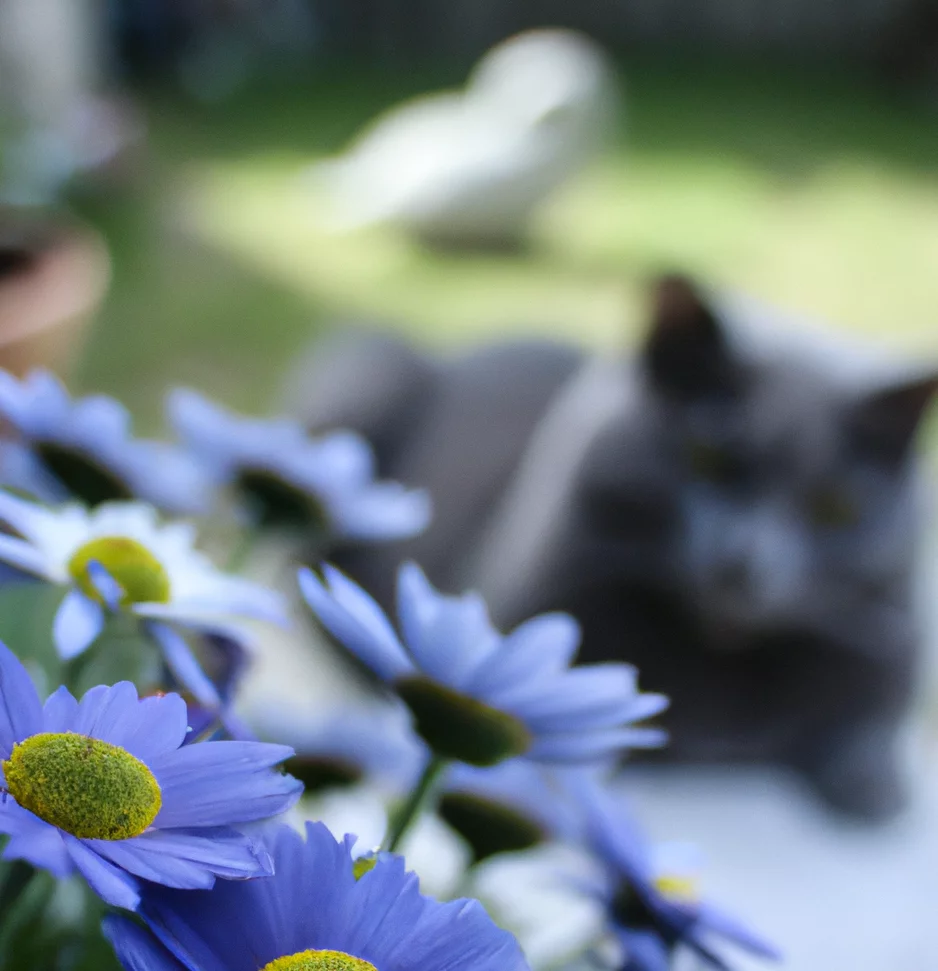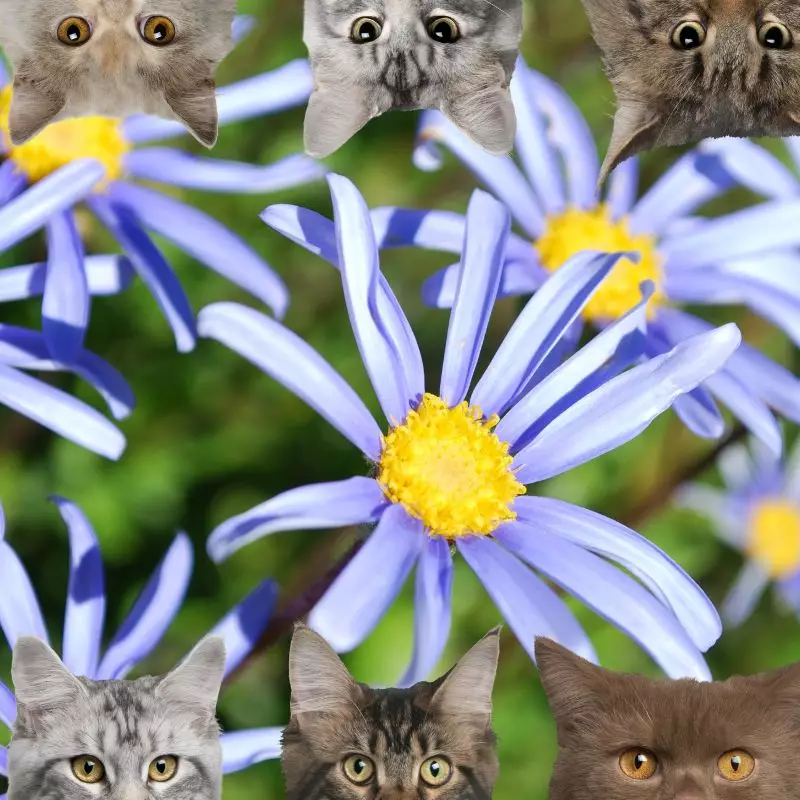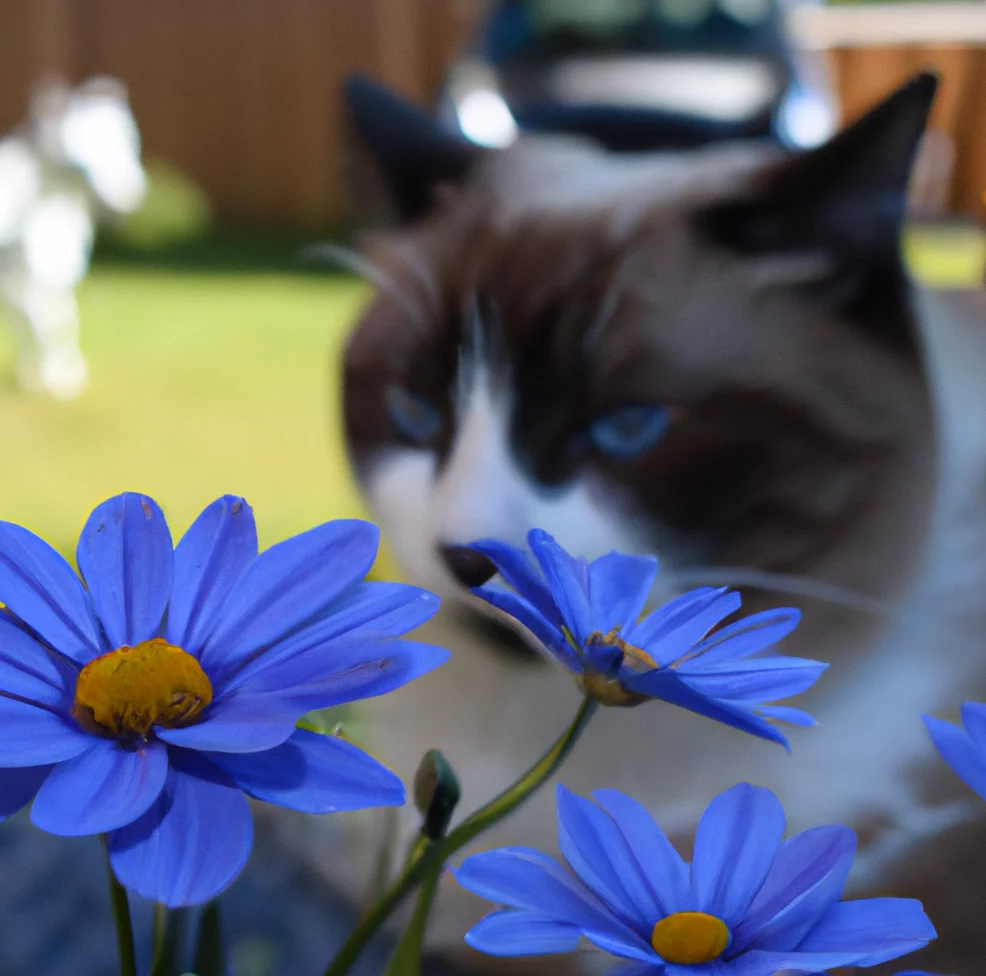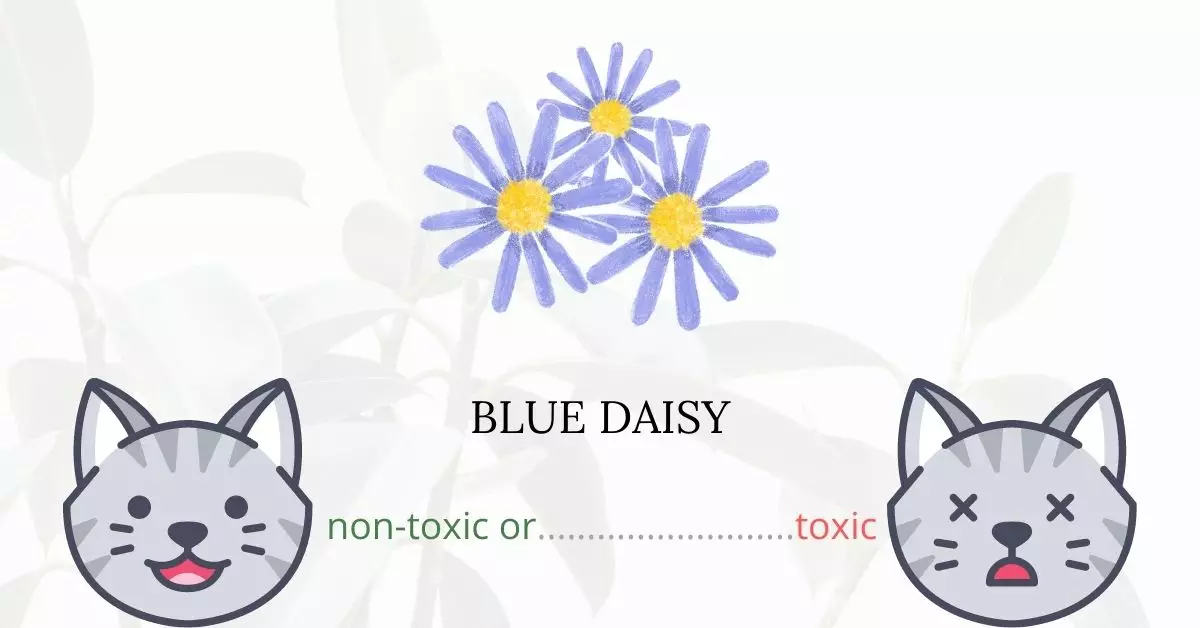Blue daisy poses no threat or toxicity to cats, ensuring a safe environment for them. This assertion is supported not only by the American Society for the Prevention of Cruelty to Animals (ASPCA) but also affirmed by extensive research and studies from the University of California, listing Blue Daisy as a benign garden plant suitable not only for cats but also for dogs and horses.
This article is a culmination of collaborative efforts with a team of seasoned Doctors of Veterinary Medicine (DVMs). Their invaluable contributions and insights have enabled us to offer precise and current information concerning the potential risks that various plants, Blue Daisy in this instance, could pose to cats. In our pursuit of utmost accuracy and reliability, we have rigorously researched high-authority websites such as ASPCA and PetMD to corroborate every detail related to each plant discussed in this article.
Through this meticulous research and collaboration, we aim to equip pet owners with the knowledge needed to maintain a secure and nurturing environment for their pets, helping them make informed decisions about the plants they choose to have around their animals.
Can Cats Eat Blue Daisy?

While your cat may not experience negative effects after consuming a tiny piece of blue daisy, it is still best not to feed this plant to your feline companion.
Aside from the fact that other daisy variants, also from the Asteraceae or Compositae family, are toxic for cats, plants are not recommended to be included in a cat’s daily meal.
Cats are carnivores and naturally meat-eaters. Although they can tolerate eating a certain amount of plants, excessive intake may cause them to feel digestive distress.
What is Blue Daisy?

The blue daisy or also commonly called Felicia and blue marguerite is a hairy, velvety, perennial, evergreen plant of the Asteraceae family. It may be found along South Africa’s southern coast. It develops as a ground cover with numerous regular branches.
The blue daisy has a woody base of around 50 cm and can grow up to one meter tall. Its leaves are all oppositely placed along the stem and are normally rather big but vary greatly in size. They are elliptic to inverted egg-shaped, with a blunt or indistinctly pointed tip, an entire edge, and a short stalk towards the ground. Because of a coating of small bristle-like hairs, the leaves are rigid and leathery, with a sandpapery texture.
Felicia amelloides can be grown as annuals, perennials, or evergreen subshrubs with linear to obovate leaves and daisy-like flower heads, typically with blue-violet rays and yellow disk florets. Little daisy-like blooms with vivid yellow centers surrounded by sky-blue ray florets bloom in summer.
Keeping Cats Away From Blue Daisy

Keep your blue daisies and other plants away from your cats, even if they are not dangerous. You can safeguard your plants while also guaranteeing that your cat does not suffer from stomach problems or other harmful impacts.
Consider spreading aluminum foil near your garden plants to keep cats away. Aluminum foil is disliked by cats due to its crinkly fragrance and texture. Wrapping your pots in double-sided adhesive tape can also keep your cat from scratching them.
Plants to Avoid For Your Cats
If you are a cat owner and unsure if the plants growing in your yard are harmful to your cats, check out this list of toxic plants for cats. You can also check our list of non-toxic plants for cats.





